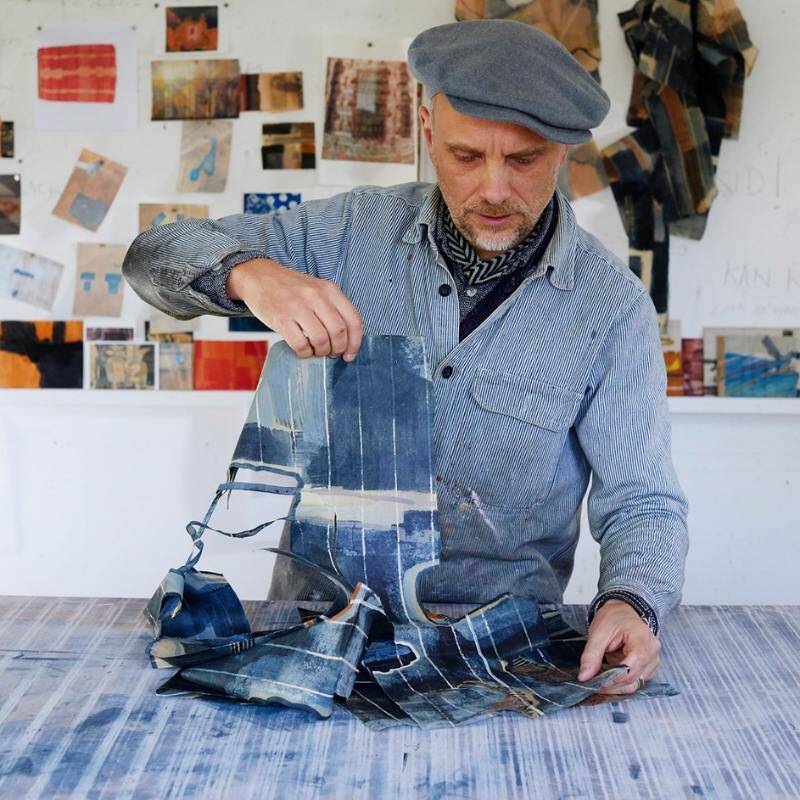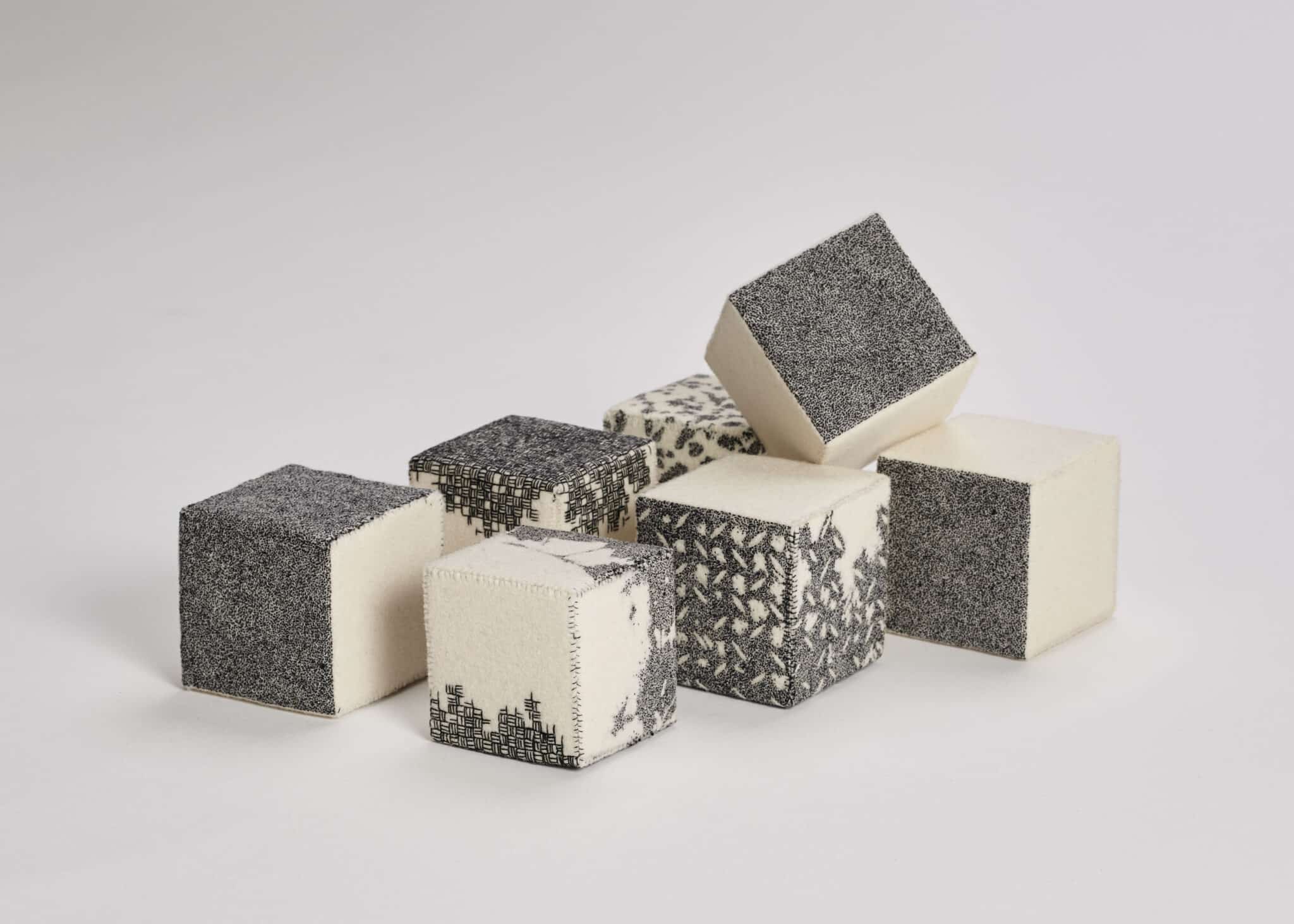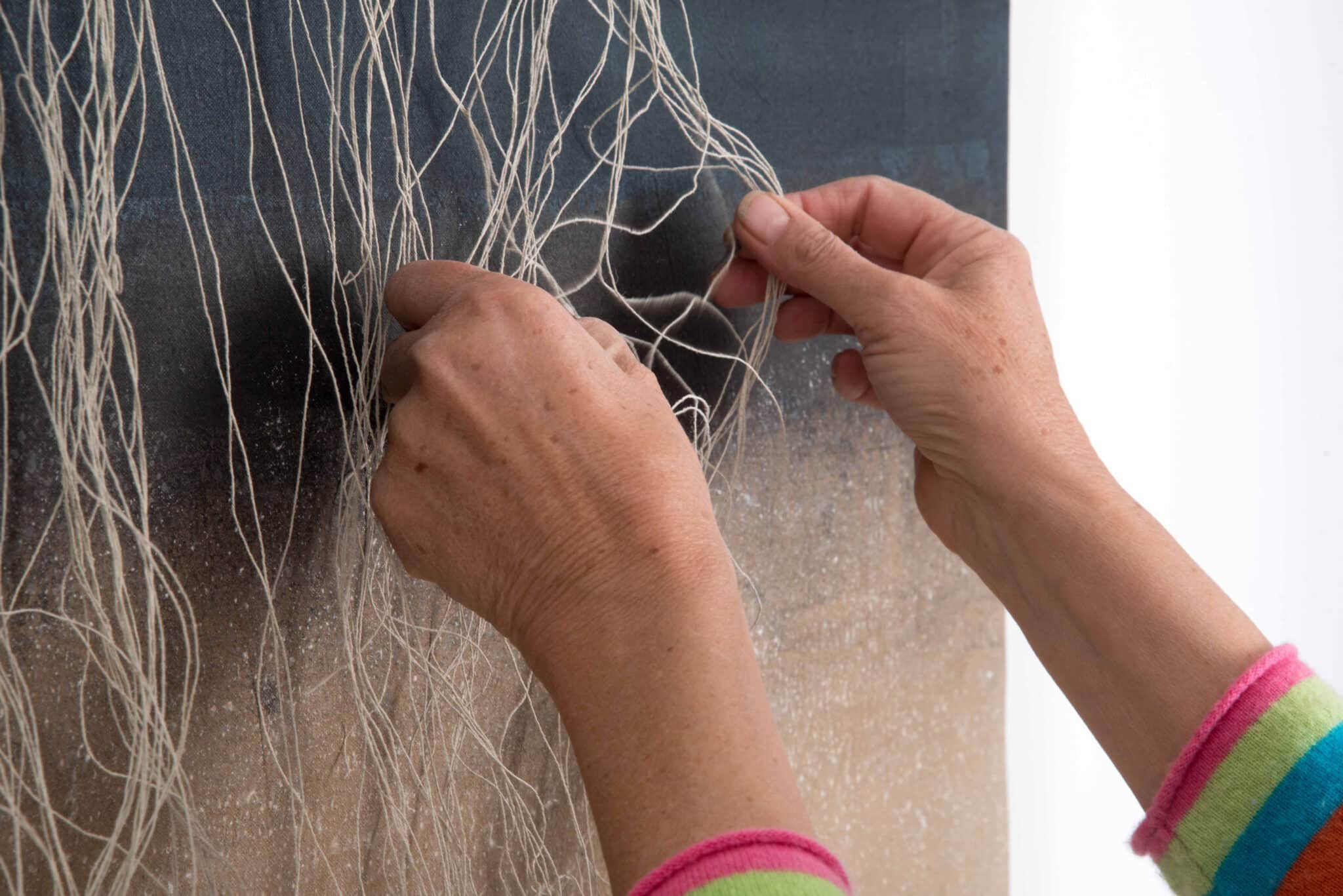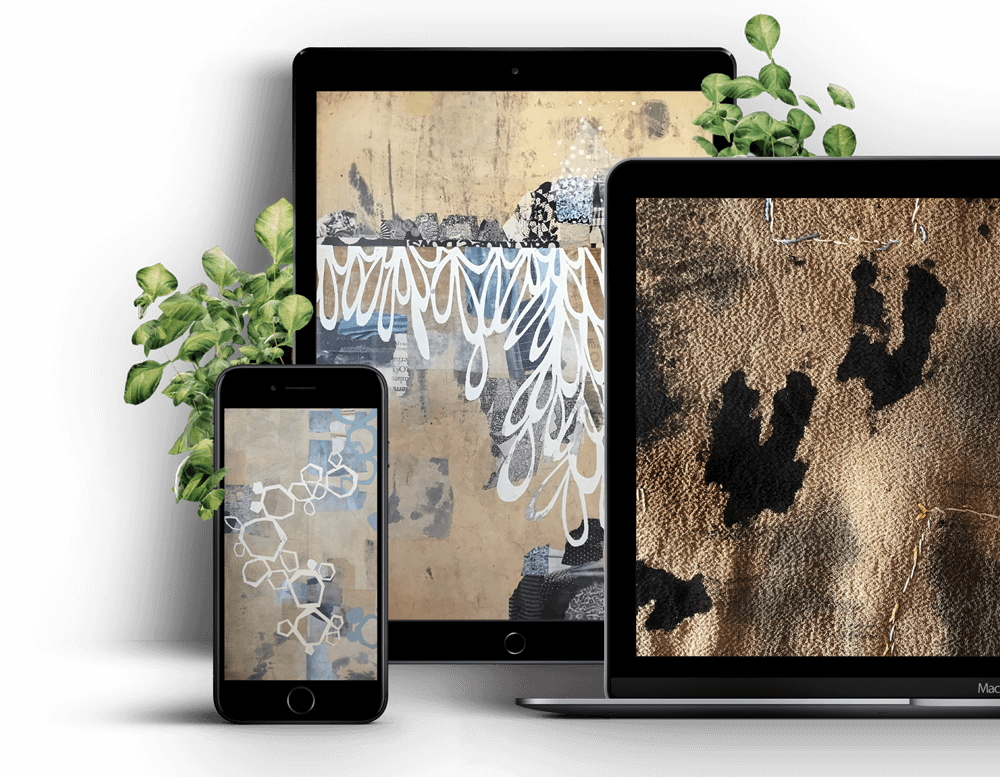Steve Bannatyne: Behind the Artwork
During this Friday Feature Artist interview, artist Steve shares personal insights into his beginning as an artist, his artistic influences and his journey through grief.
Steve Bannatyne's Friday Feature Artist Interview can be found at the bottom of this page.
You may wonder how you could transform discarded materials into stunning works of art that challenge the perception of what is valuable today, but Steve Bannatyne has mastered this approach. His work is a powerful statement on environmental stewardship, urging us to see beauty and potential in objects we often overlook.
Steve’s work is a testament to the creative potential hidden within discarded materials, showcasing how his artistic vision can inspire a more sustainable and thoughtful approach to consumption and waste. Steve's body of work reflects a deep commitment to finding beauty in the unexpected.
Belfast Beginnings
Steve spent his early years in Belfast, a city that laid a deep imprint on him. “I think the biggest thing I took away from Belfast was actually leaving Belfast,” he says. “You know, I grew up in East Belfast, that's quite a rough area. There was lots of religious and political tension. The one thing I took away was that I had a really good art teacher, who I haven't ever mentioned before, called Miss Parks. She was my first introduction to being creative and artwork.
I remember that class because everybody was just horrible to her and treated her badly because art and languages were never really as important. She did me a massive favour by staying focused on the job and helping me and working with me, and the work that I did during my GCSEs actually helped me get into my A levels.”
Belfast itself had a big impact on Steve’s eventual aesthetic choices as an artist, “Belfast itself, growing up as a child, was quite run down, lots of patina, lots of broken things, lots of division. So it was very charged as an upbringing. But you don't really notice that when you're in it, so when I moved over to Devon, it was a culture shock to me. I think, had I had a different upbringing through Belfast, and if things hadn't been so unpleasant, I wouldn't be sitting here today. The fact that my upbringing wasn't great has sort of pushed me to leave, and I've been on this long, long journey to bring me to this point.”
%20copy.jpg?width=534&height=668&name=Steve%20Bannatyne%20(2)%20copy.jpg)
Russian Constructivism
One of Steve’s biggest influences outside of Belfast is Russian Constructivism. “I went to Exeter College,” he explains. “I was living in a little bedsit, stacking shelves in the supermarket to pay my way through college. I didn't have a lot of support, so I just fell into typography and my tutor at the time mentioned Constructivism and typography, and it worked really well for me, and I really enjoyed it. I actually found something there. Then I stayed with that tutor for three years, did my art design foundation course, and he set me up to get into St Martin's.”
Constructivism was the first artistic movement that Steve was introduced to that was outside the mainstream. “I'd never heard of it before,” he says. “It was nothing that I'd really been familiar with, and I was learning all these heavy-hitting names, and the constructivists were working with eight principles and a lot of them made sense. Graphic design and typography made a lot of sense to me, so it really stuck with me, and it carried through. It's only recently I realised that it has influenced my work massively.”
The Grief Path
An event that was also undeniably impactful on Steve’s life was the tragic passing of his wife, Naomi. “Nobody really talks about death in the UK,” he says, “it's one of those things, actually one of the most fundamental parts of our life, that our lives will end.
I decided to lean into it and really dig into it and bring those emotions out. I just live with it, you know. Sometimes you bring it on by mistake. There's a handbag, or there's a memory, or there's a photograph. On the other side of that, when I went through a period that was quite intensive, it could be an hour, it could be two days, when I came out of it I would produce work. I would sit with my notebook, and I would produce, and I would produce and produce and produce.
I think we're all different in our grief path and process, and you will not understand what your path is and what happens to you. People say, ‘Oh, you've got to go to counselling. You've got to do this.’ You've got to actually just let it happen. You've just got to let it wash over you and kick your ass, frankly, and it did, but I didn't hide from it. But then what I did do is I mounted deep into my work, and I stopped my part-time charity work, so I could focus on that, and focus on my children and processing and dealing with grief which will be with me for a long, long time, it never really goes away. It will lessen. So, that was my dual focus.”
.jpg?width=600&height=600&name=Steve%20Bannatyne%20(1).jpg)
The Studio
Steve now has a home studio that he opens to the public. “I did the foundations while Naomi was alive,” he says, “and I think she gave into me building a studio because of the mess and the volume of work that I was producing.
She was very, very easygoing, but there would come a time where it was too much. So she enabled that. She let me take money out of our home budget, and I put these footings in and did the framing, but then we lost her. She didn't get to see it finished. My friend Simon came around, and he helped me essentially line it, insulate it, and get it finished. So I then put all my stuff into it. It’s 80% scrap wood. There are pallet slats. I've done it with as little environmental impact as possible. So, the windows are from an extension that we built. So I built that studio, and I opened up to people.”
Supporting Female Artists
These days Steve is also actively working to support women in the artistic space. “Historically, going back, art was always very male-dominated. Females didn't really get much of a shouting. So when Naomi passed away, I started focusing on buying female art, local work, the idea being, I'm creating a space in my living room, I’ll hang all of that work.
Some of it is feminist work, but the majority is just beautiful work, and I'm buying it because I like it. It's also a nod to her because she was quite a staunch feminist. She brought our children up as feminists, and they are wonderful, well-rounded boys.
It's a way of honouring her, and it becomes a legacy. The boys will take ownership of that, and it's something that I'd like to grow. So one thing I do is, when I sell work, I buy work. It's really important to look back into the artists' community, so I'm looking forward to doing some shopping this year.”
About Steve Bannatyne
Steve Bannatyne was born and raised in Belfast. After leaving home at 16, he studied Art and Design at Exeter College, then earned a BA in Graphic Design at Central Saint Martins.
Steve’s work for an environmental protection charity has led him to explore working exclusively with waste materials. Stories can be found within, and memories can be provoked by the shapes, textures, and visible traces of previous use of discarded materials.
Steve's artwork powerfully speaks to environmental stewardship, urging us to see beauty and potential in objects we often overlook. His body of work reflects a deep commitment to finding beauty in the unexpected.
Each piece is a new exploration, a fresh narrative woven from what was once deemed expendable or destined for landfill. Influenced by what he finds, leading to diverse and ever-changing work. This unique approach showcases the creative potential hidden within discarded materials and inspires a more sustainable and thoughtful approach to consumption and waste.
Steve is deeply involved in community projects. He conducts workshops for marginalised groups, providing them with a creative outlet and a sense of purpose. One such initiative is his work with 'Men in Sheds,' where he supports individuals in realising their own creative and carpentry projects. This initiative not only nurtures creativity but also addresses mental health isolation, offering a space for connection and expression.
Join Our Newsletter
OUR YOUTUBE CHANNEL
View our interviews and more on our Youtube channel!
OUR FACEBOOK GROUP
Join our Community and stay updated with our upcoming announcements!




